The living room is often the heart of the home, where families gather to relax and spend time together. However, it can also be a source of potential hazards, especially for young children who are curious and love to explore their environment. One of the most common hazards in the living room is choking. Small objects and food items can easily become lodged in a child’s throat, causing them to choke. It’s important for parents and caregivers to be aware of these potential hazards and take steps to prevent choking incidents from happening. Some common choking hazards in the living room include small toys, coins, buttons, and food items such as nuts, grapes, and popcorn. These items should be kept out of reach of young children, and parents should always supervise their child’s playtime to ensure they are not putting small objects in their mouth. Additionally, it’s important to regularly inspect toys and other items in the living room to make sure they do not pose a choking hazard. Prevent choking hazards in your living room by keeping small objects out of reach and regularly inspecting toys and other items for potential hazards.Choking Hazards in the Living Room
The living room is filled with various electrical devices, from TVs and gaming consoles to lamps and chargers. While these devices make our lives more convenient, they also pose a potential hazard, especially for young children. Loose cords, exposed outlets, and faulty wiring can all lead to electrical shocks and burns. It’s important to take precautions to prevent these hazards in the living room. First, make sure all electrical cords are securely fastened and not dangling where children can reach them. Use outlet covers to prevent children from sticking their fingers or objects into outlets. If you notice any frayed cords or other signs of damage, replace them immediately. It’s also a good idea to unplug devices when they are not in use to reduce the risk of electrical accidents. Ensure the safety of your family by properly securing and maintaining electrical devices and cords in your living room.Electrical Hazards in the Living Room
The living room is often filled with various pieces of furniture, from couches and coffee tables to bookshelves and TV stands. While these items are essential for creating a comfortable and functional space, they can also pose hazards if not used properly. Unsecured furniture can tip over and cause serious injuries, especially for young children who may try to climb on them. To prevent furniture hazards in the living room, make sure all furniture is properly secured to the wall. This is especially important for bookshelves and other tall pieces of furniture. It’s also a good idea to place heavier items on lower shelves and to avoid placing items that may tempt children to climb, such as toys or remote controls, on top of furniture. Protect your family from furniture hazards by properly securing all furniture in your living room.Furniture Hazards in the Living Room
The living room is a high-traffic area, and it’s easy for things to get left on the floor, creating potential tripping hazards. Loose rugs, clutter, and even electrical cords can all lead to trips and falls. This is particularly dangerous for young children and older adults who may have difficulty with balance. To prevent tripping hazards in the living room, make sure all rugs are securely in place and avoid leaving items on the floor. Keep the living room tidy and organized, and make sure all cords are safely tucked away. It’s also important to have proper lighting in the living room to help prevent trips and falls. Keep your living room safe by keeping floors clear of clutter and ensuring proper lighting to prevent trips and falls.Tripping Hazards in the Living Room
Many common household items, such as cleaning products, air fresheners, and even some plants, can be toxic if ingested. These products are often found in the living room, making it important to take precautions to prevent accidental ingestion, especially for young children and pets. Store all cleaning products and other chemicals in a locked cabinet or out of reach of children and pets. Use natural, non-toxic alternatives when possible, and make sure to properly dispose of any expired or unused products. Keep an eye out for any potential hazards, such as plants that may be toxic if ingested, and remove them from the living room. Protect your family and pets from potential harm by properly storing and disposing of household chemicals in your living room.Chemical Hazards in the Living Room
The living room is often where families gather to enjoy warmth and ambiance from a fire in the fireplace. While this can be a cozy and enjoyable experience, it’s important to take precautions to prevent fire hazards. This is especially important for families with young children who may be drawn to the flames. Make sure to always have a fire screen in front of the fireplace to prevent sparks and embers from escaping. Keep flammable items, such as curtains and furniture, at a safe distance from the fireplace. It’s also important to regularly clean and maintain the fireplace and chimney to prevent potential hazards. Enjoy the warmth and comfort of a fire in your living room by taking necessary precautions to prevent fire hazards.Fire Hazards in the Living Room
The living room is often filled with various sharp objects, from scissors and knives to decorative items with sharp edges. These objects can be dangerous, especially for young children who may not understand the potential harm they can cause. It’s important to properly store and use these items to prevent accidents. Keep all sharp objects out of reach of children and make sure they are properly stored when not in use. Use childproof locks on drawers and cabinets to prevent little ones from accessing dangerous objects. It’s also important to teach children about the dangers of sharp objects and to always supervise their playtime in the living room. Keep your family safe by properly storing and using sharp objects in your living room.Sharp Objects in the Living Room
Windows in the living room not only provide natural light and ventilation, but they can also pose a hazard if not properly secured. Unsecured windows can easily be opened by children, posing a risk of falls and other accidents. It’s important to take steps to prevent these hazards in the living room. Install window guards or locks to prevent children from opening windows. If you live in a high-rise building, consider installing window stops to prevent windows from opening too wide. It’s also important to regularly inspect windows for any signs of damage and to repair or replace them if necessary. Ensure the safety of your family by properly securing windows in your living room.Unsecured Windows in the Living Room
With frequent foot traffic and the potential for spills, the living room floor can become slippery and pose a risk of falls. This is particularly dangerous for young children and older adults. It’s important to take precautions to prevent slippery floors in the living room. Use nonslip rugs or mats in high-traffic areas to prevent slips and falls. Clean up spills immediately and use caution when walking on wet floors. It’s also a good idea to regularly clean and maintain floors to prevent buildup of dirt and debris that can make them slippery. Keep your living room floor safe by using nonslip rugs and taking caution to clean up spills and maintain floors.Slippery Floors in the Living Room
Shelves in the living room not only provide storage space but can also add to the decor of the room. However, if not properly secured, shelves can pose a hazard, especially for young children who may try to climb on them. It’s important to take precautions to prevent accidents. Make sure all shelves are properly secured to the wall. Avoid placing heavy items on higher shelves, and do not place items that may tempt children to climb, such as toys or remote controls, on top of shelves. It’s also important to regularly inspect shelves for any signs of damage and to repair or replace them if necessary. Protect your family from potential hazards by properly securing shelves in your living room.Unstable Shelves in the Living Room
The Importance of Identifying Hazards in the Living Room

Creating a Safe and Functional Living Space
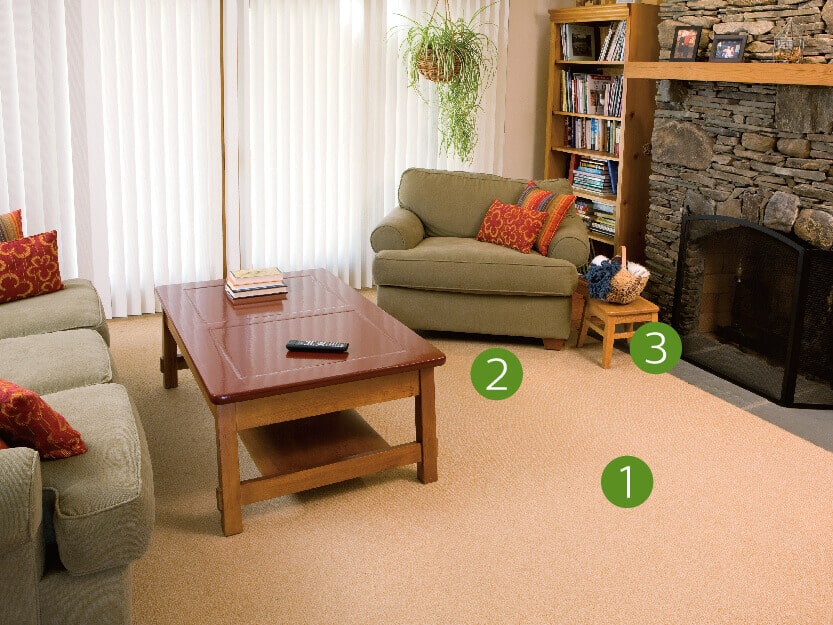 Designing and decorating your living room is an exciting and enjoyable task. It's a space where you can relax, spend time with your family and entertain guests. However, amidst all the excitement, it's important not to overlook the potential hazards that may exist in this frequently used room. Identifying and addressing these hazards is crucial to creating a safe and functional living space for you and your loved ones.
Designing and decorating your living room is an exciting and enjoyable task. It's a space where you can relax, spend time with your family and entertain guests. However, amidst all the excitement, it's important not to overlook the potential hazards that may exist in this frequently used room. Identifying and addressing these hazards is crucial to creating a safe and functional living space for you and your loved ones.
Electrical Hazards
 One of the most common hazards in the living room is electrical hazards. With the numerous devices and appliances we use, there is a risk of electrical fires, electrocution, and other accidents. To prevent this, it's essential to have a professional
electrician
install and regularly check the
electrical wiring
in your living room. Avoid overloading outlets and use surge protectors to prevent damage from power surges.
One of the most common hazards in the living room is electrical hazards. With the numerous devices and appliances we use, there is a risk of electrical fires, electrocution, and other accidents. To prevent this, it's essential to have a professional
electrician
install and regularly check the
electrical wiring
in your living room. Avoid overloading outlets and use surge protectors to prevent damage from power surges.
Furniture and Decor Hazards
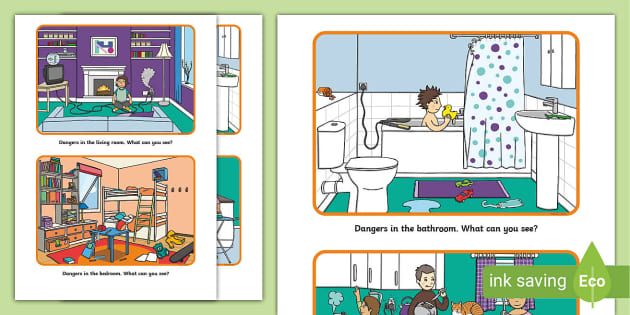 Furniture and decor items can also pose a threat in the living room if not chosen and placed carefully. Heavy furniture should be securely anchored to the walls to prevent tip-overs, especially if you have young children or pets. Sharp edges and corners should be covered or rounded to prevent injuries. When choosing decor items, avoid
flammable materials
and opt for
non-toxic
options to reduce the risk of fire and exposure to harmful chemicals.
Furniture and decor items can also pose a threat in the living room if not chosen and placed carefully. Heavy furniture should be securely anchored to the walls to prevent tip-overs, especially if you have young children or pets. Sharp edges and corners should be covered or rounded to prevent injuries. When choosing decor items, avoid
flammable materials
and opt for
non-toxic
options to reduce the risk of fire and exposure to harmful chemicals.
Slip and Trip Hazards
 Slip and trip hazards are often overlooked but can cause serious injuries.
Cluttered
living rooms with
loose rugs
and
cords
can easily cause trips and falls. Make sure to keep the living room tidy and organized, avoid using rugs with no-slip backing, and secure cords to the wall or use cord covers. Additionally, make sure all furniture is stable and doesn't create any tripping hazards.
Slip and trip hazards are often overlooked but can cause serious injuries.
Cluttered
living rooms with
loose rugs
and
cords
can easily cause trips and falls. Make sure to keep the living room tidy and organized, avoid using rugs with no-slip backing, and secure cords to the wall or use cord covers. Additionally, make sure all furniture is stable and doesn't create any tripping hazards.
Conclusion
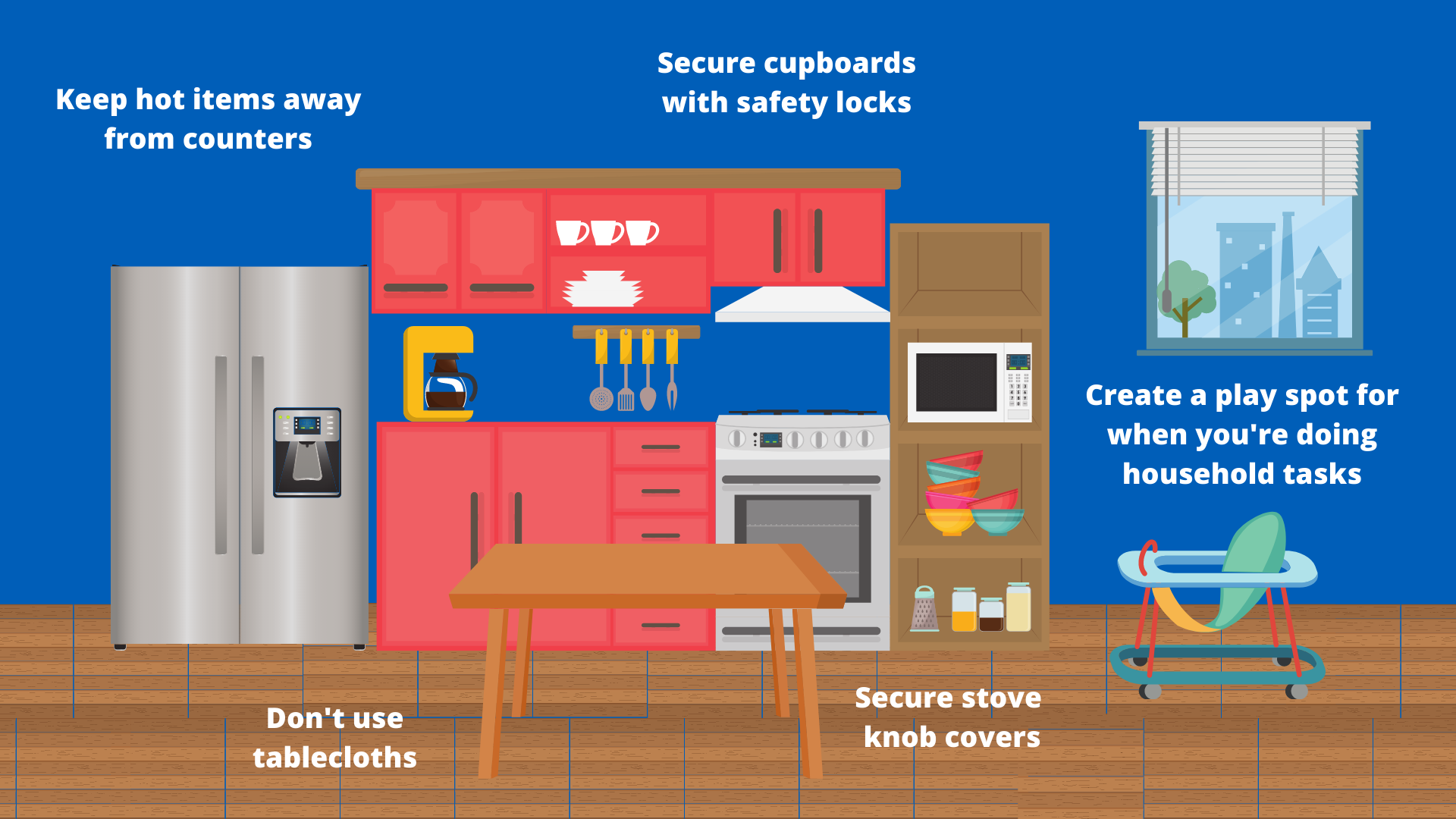 In conclusion, a safe and functional living room is crucial for the well-being of you and your family. By identifying and addressing potential hazards such as electrical hazards, furniture and decor hazards, and slip and trip hazards, you can create a secure and enjoyable living space. Remember to regularly check for any new hazards and address them promptly to maintain a safe living environment.
In conclusion, a safe and functional living room is crucial for the well-being of you and your family. By identifying and addressing potential hazards such as electrical hazards, furniture and decor hazards, and slip and trip hazards, you can create a secure and enjoyable living space. Remember to regularly check for any new hazards and address them promptly to maintain a safe living environment.
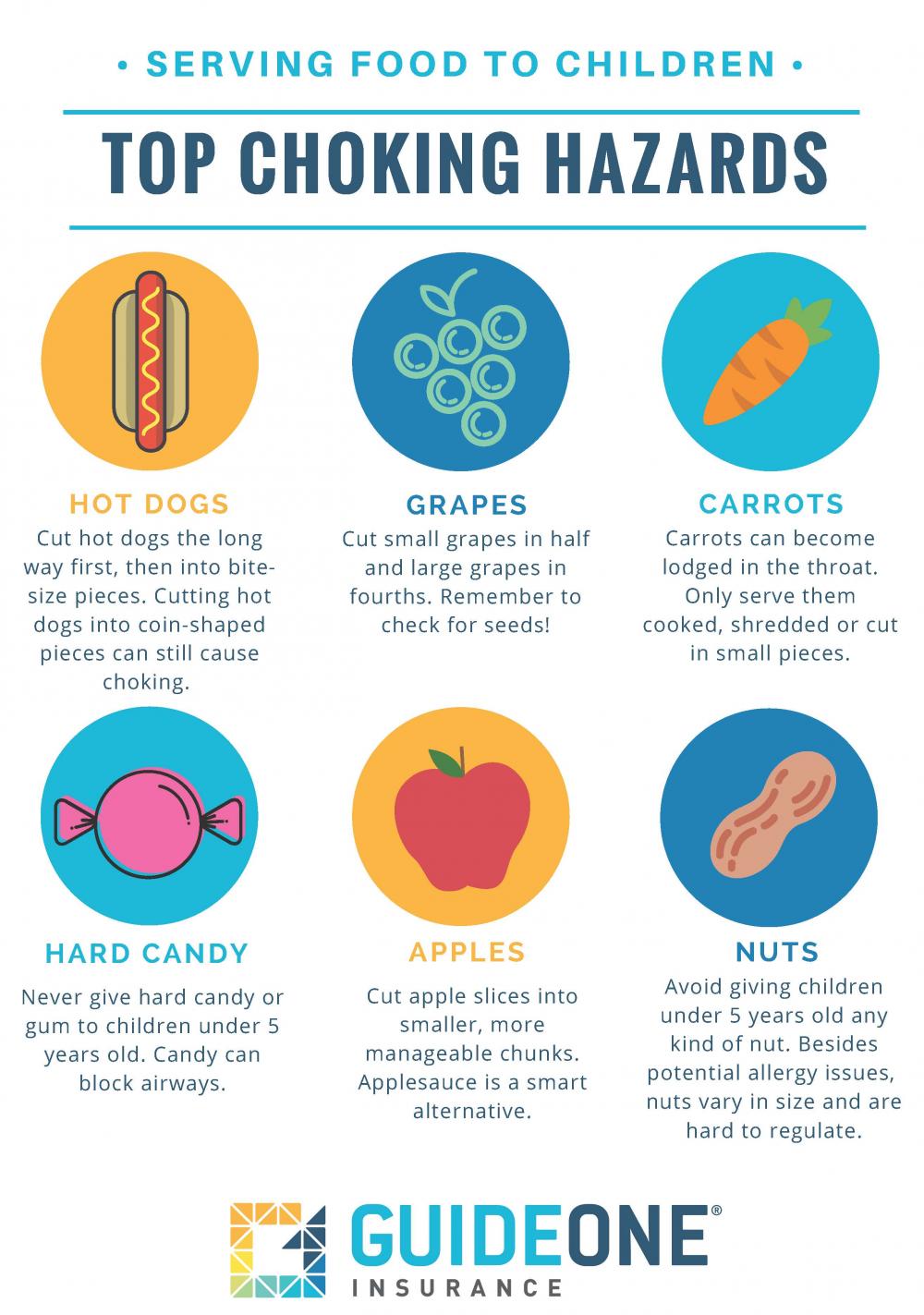


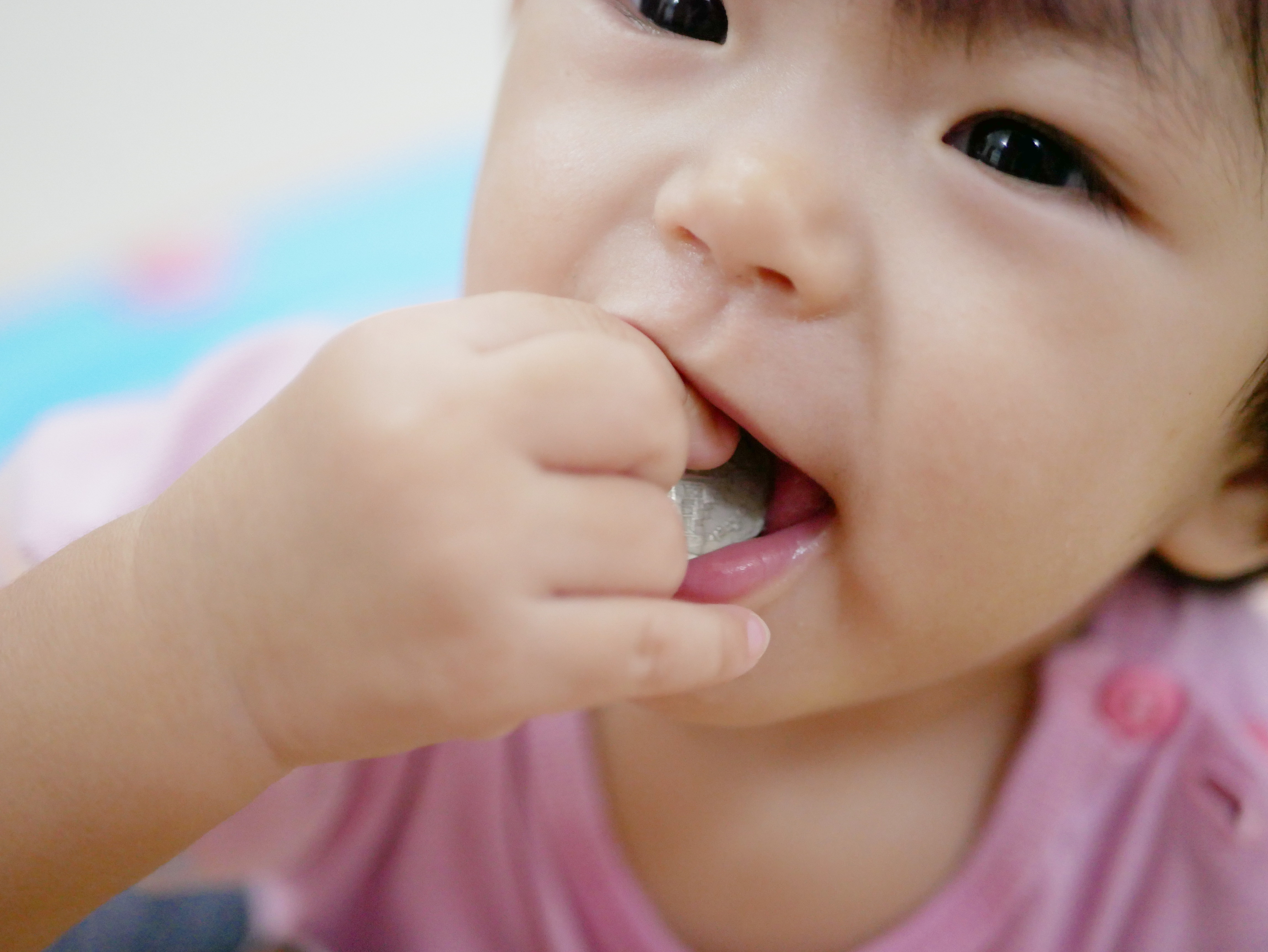





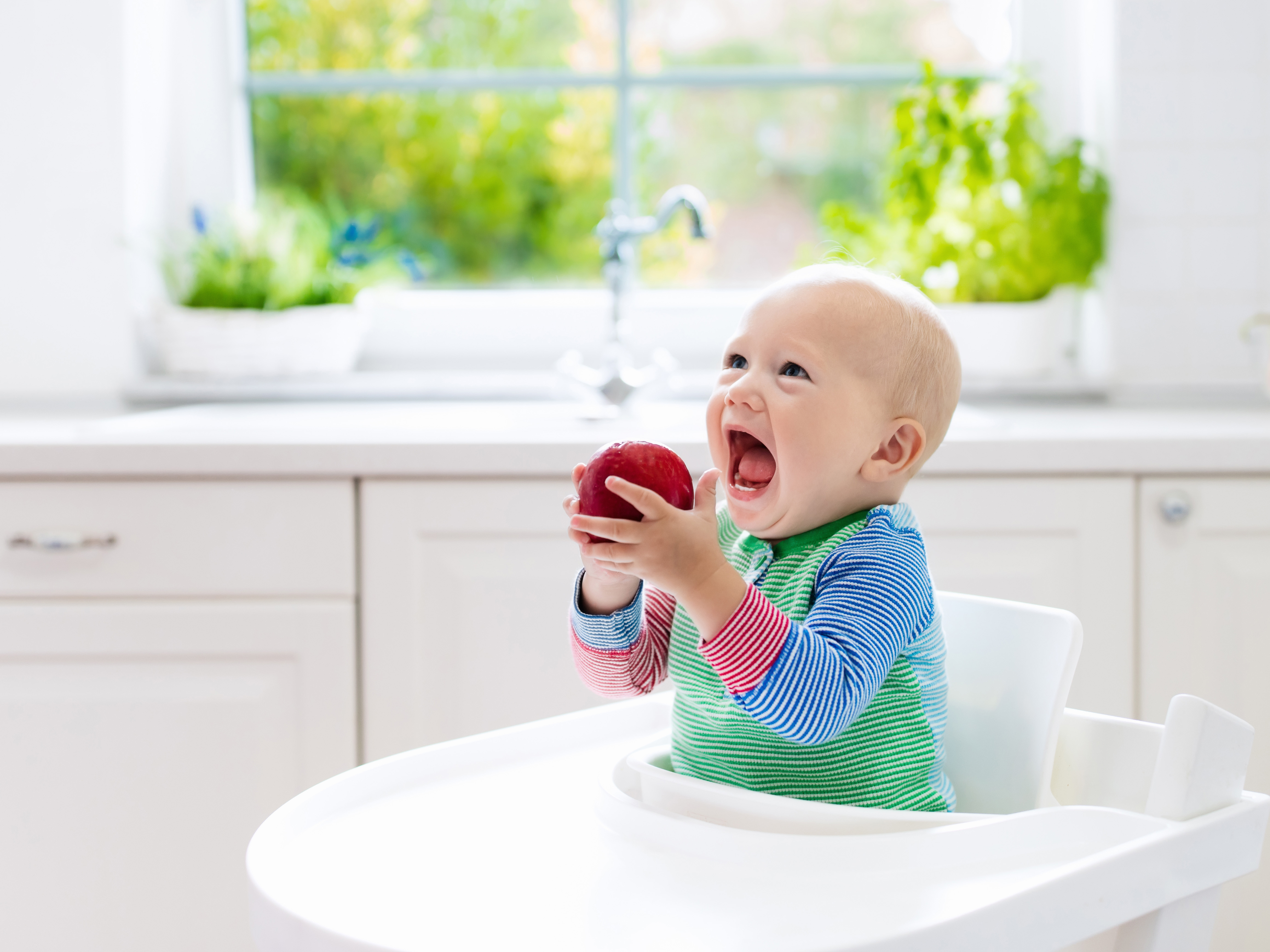



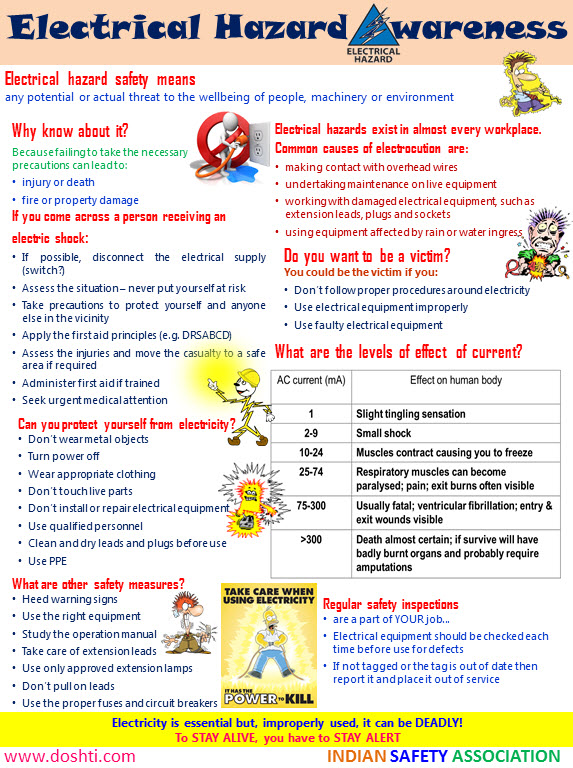

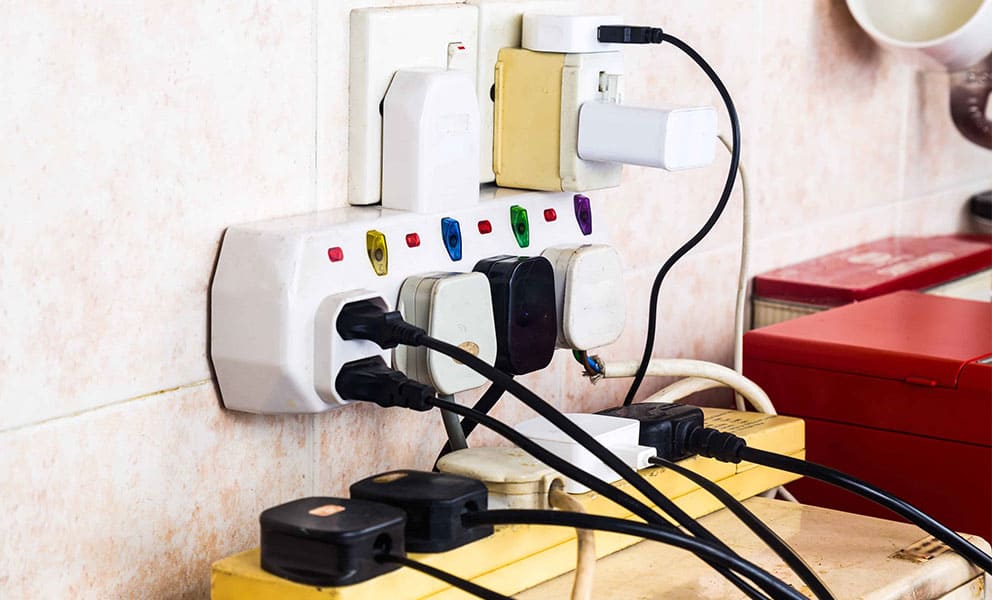



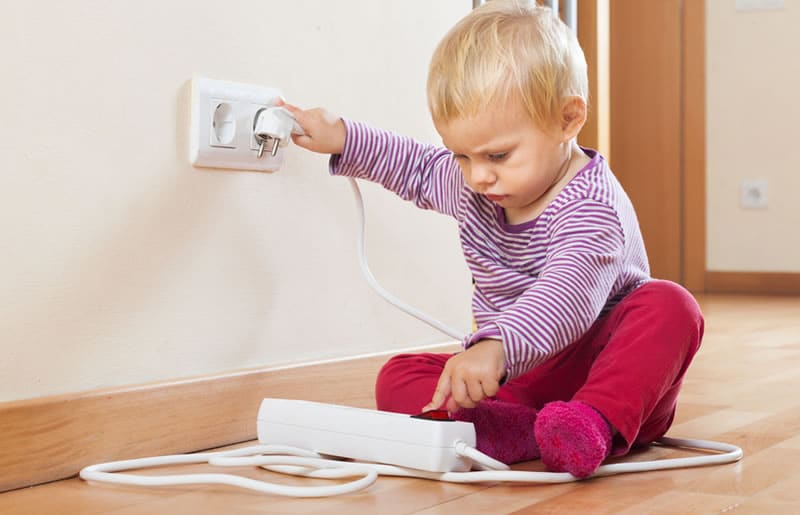

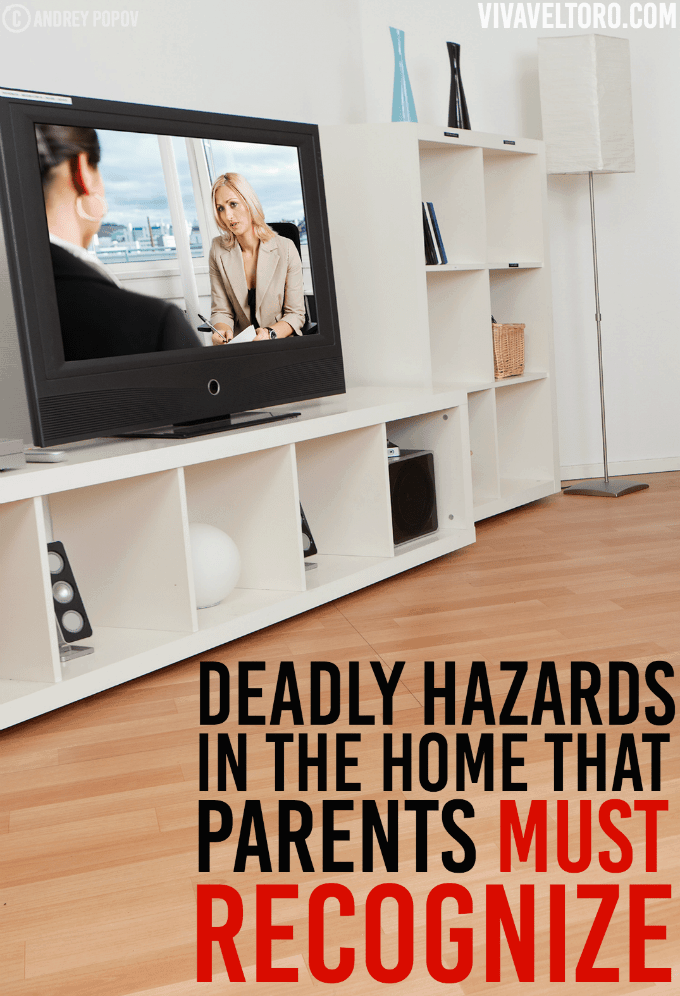






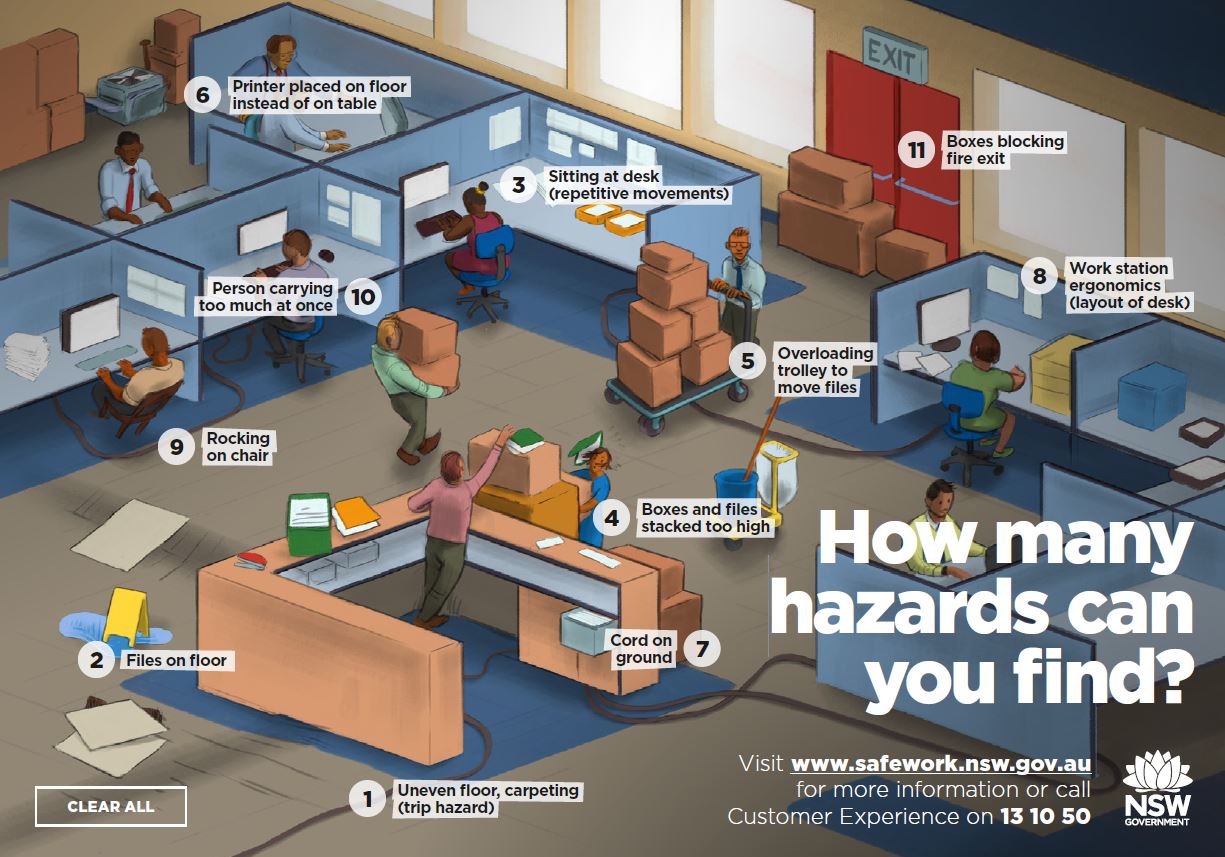
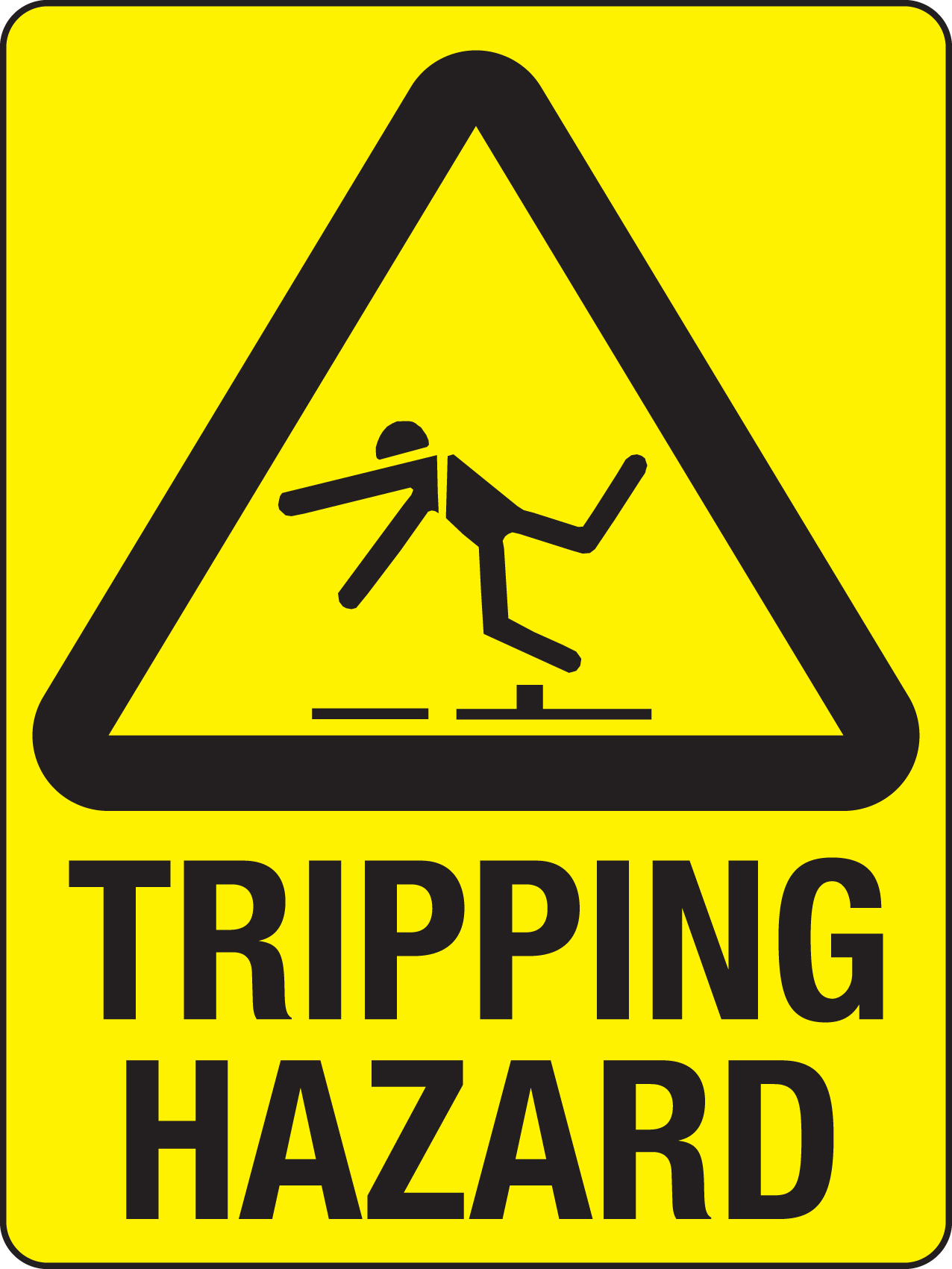



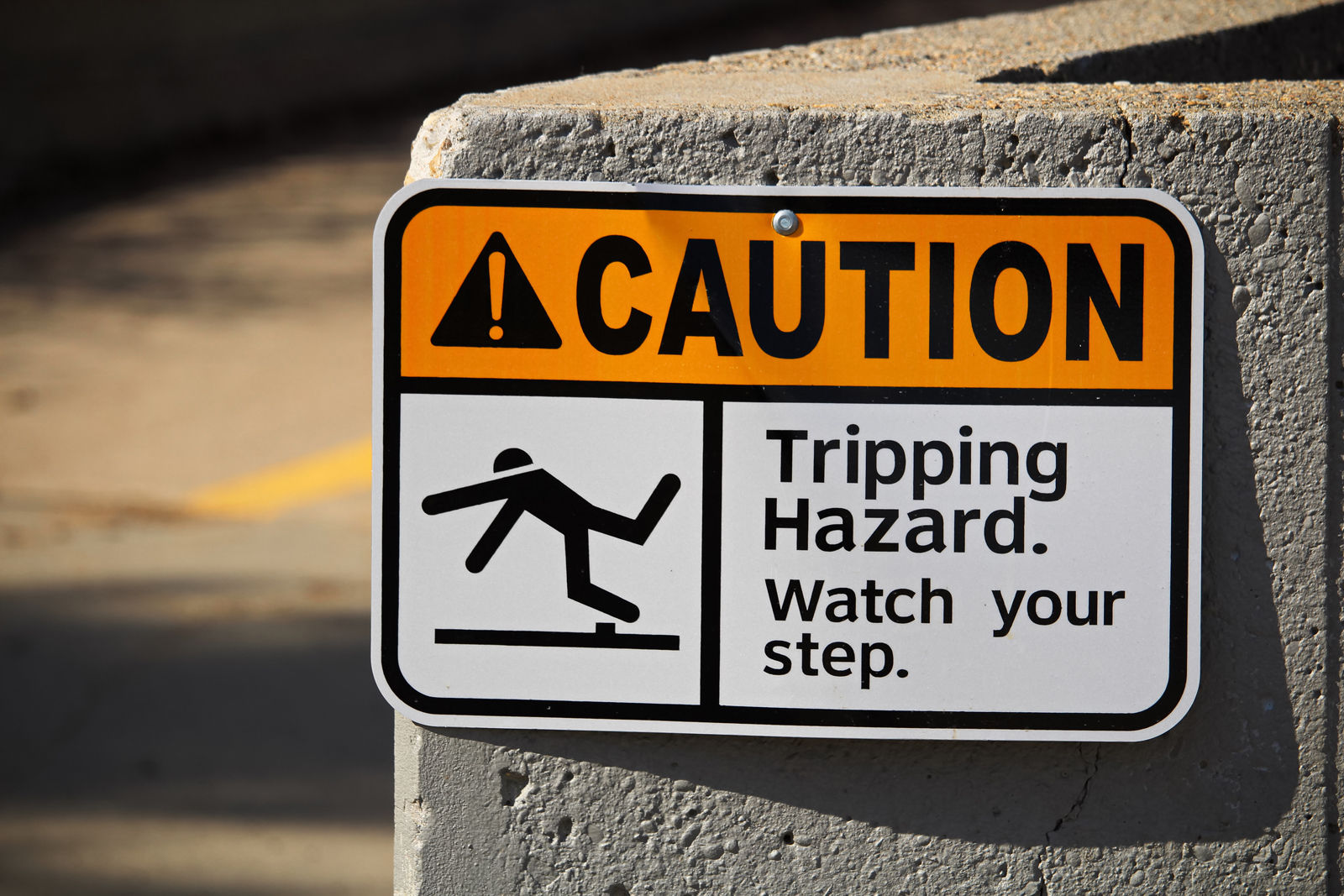
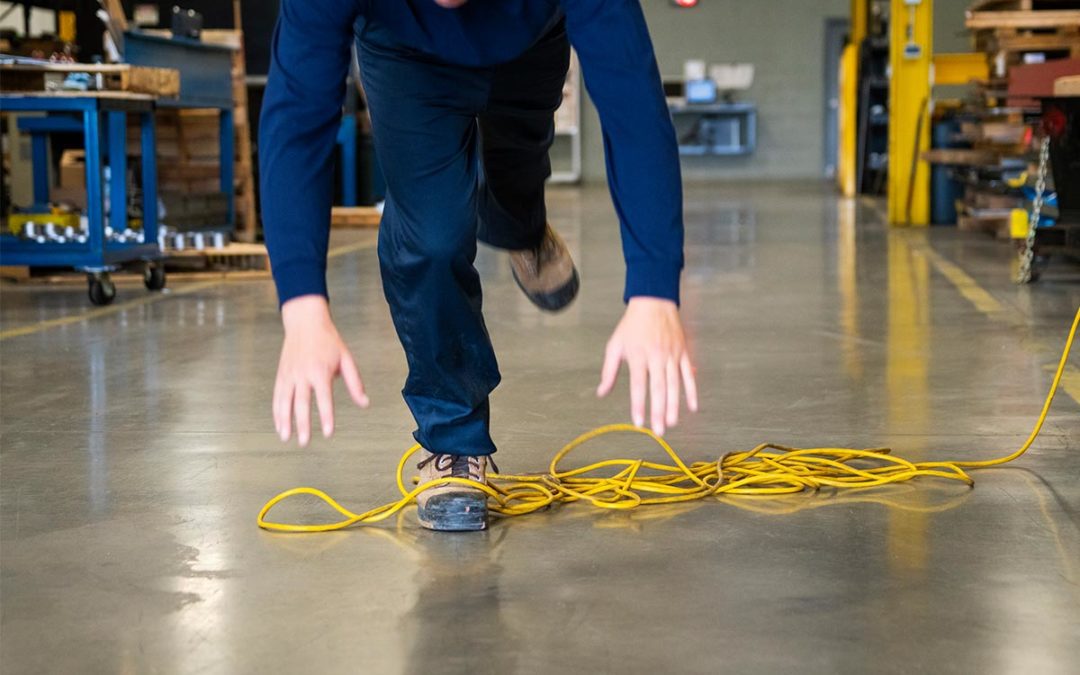

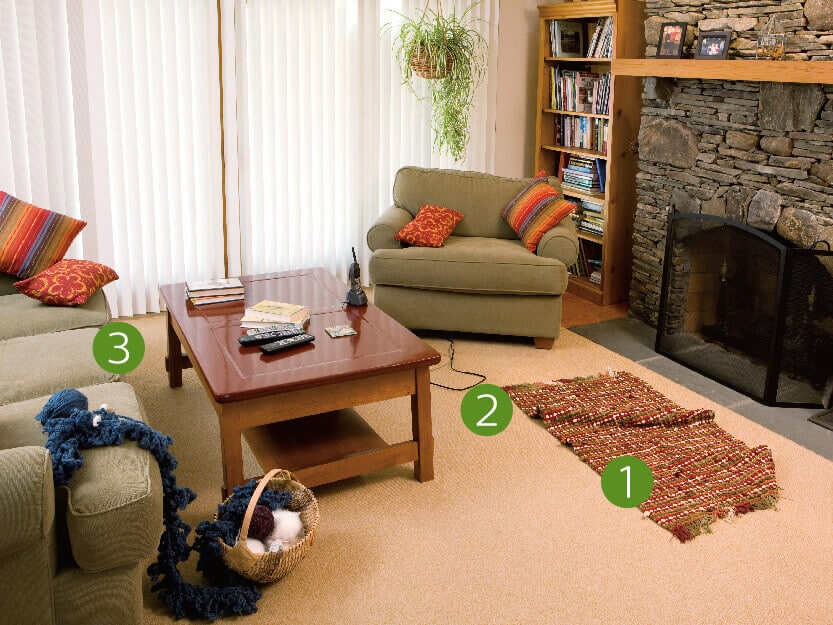
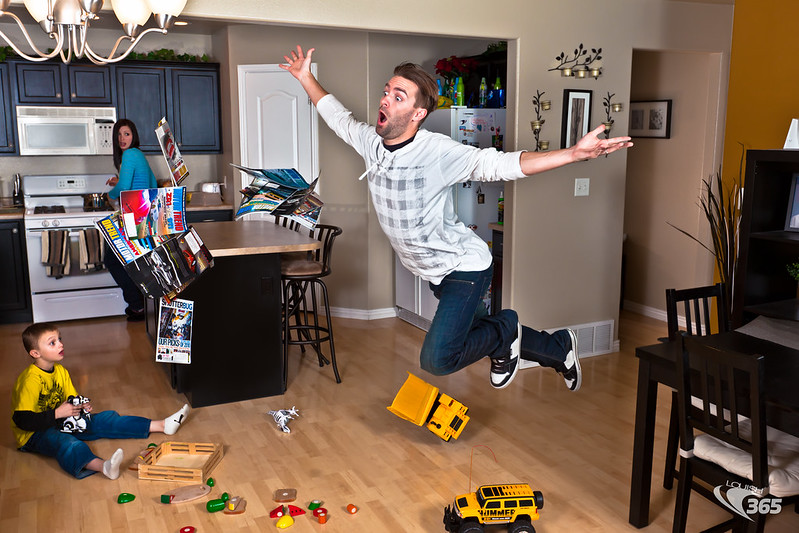




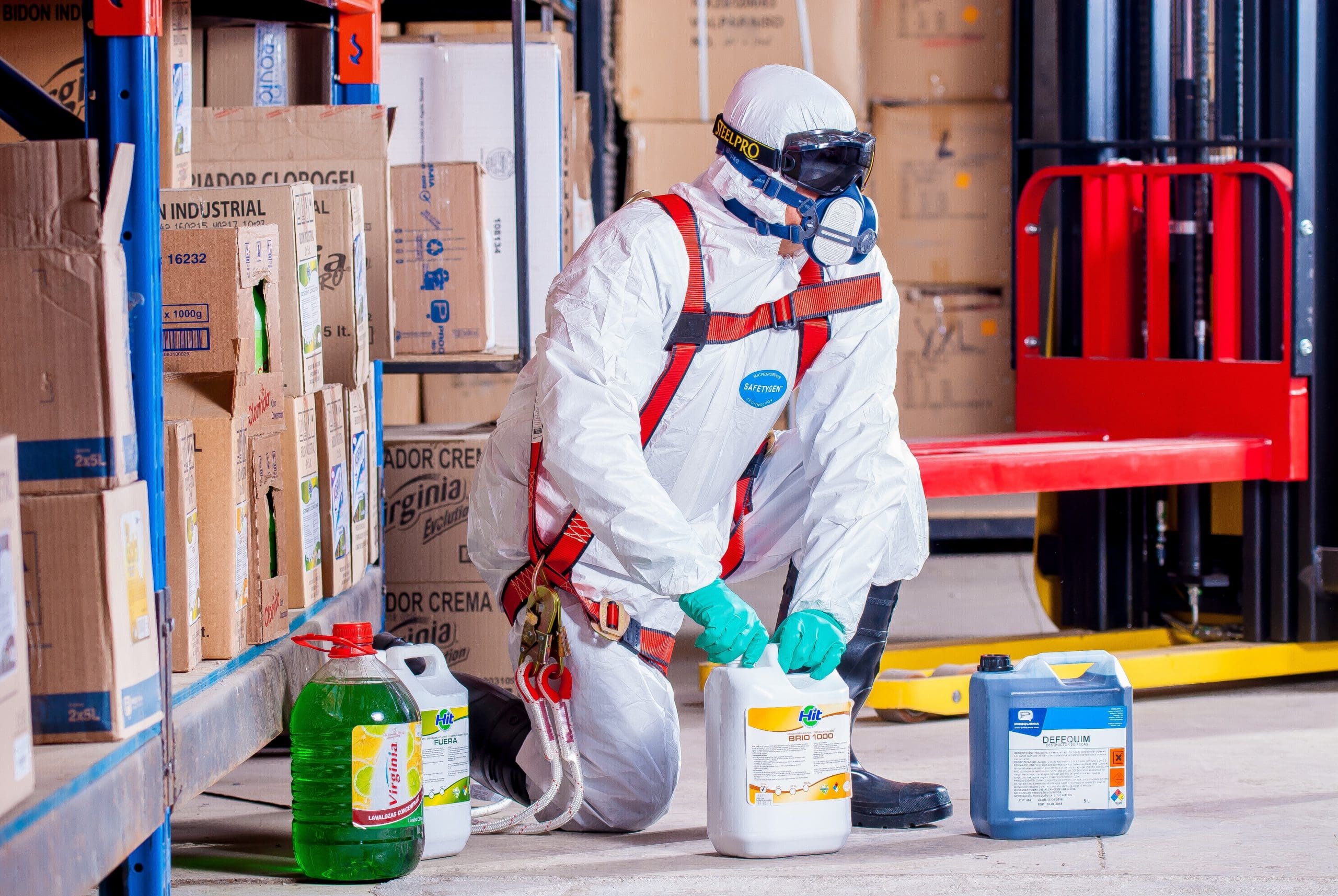











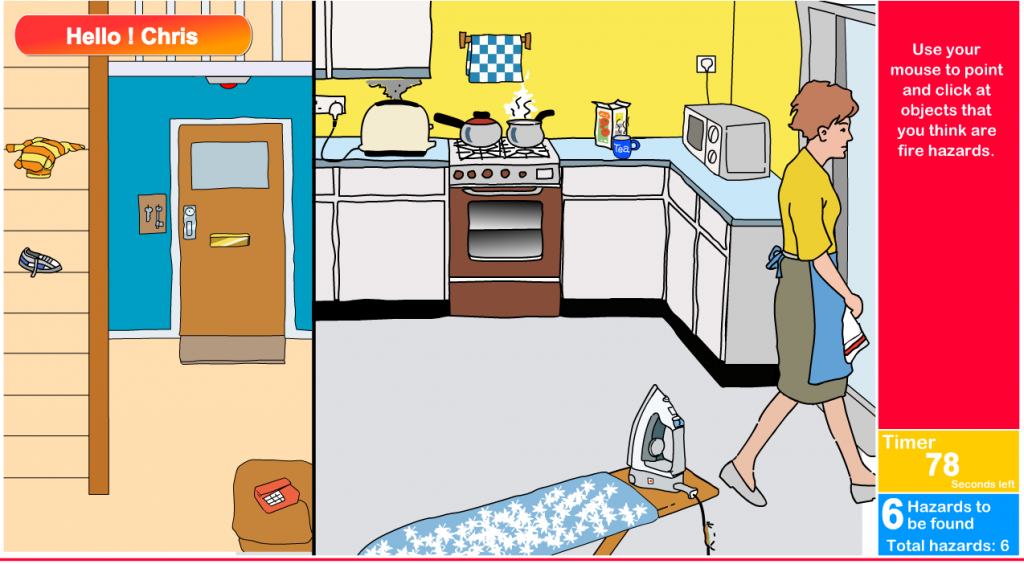
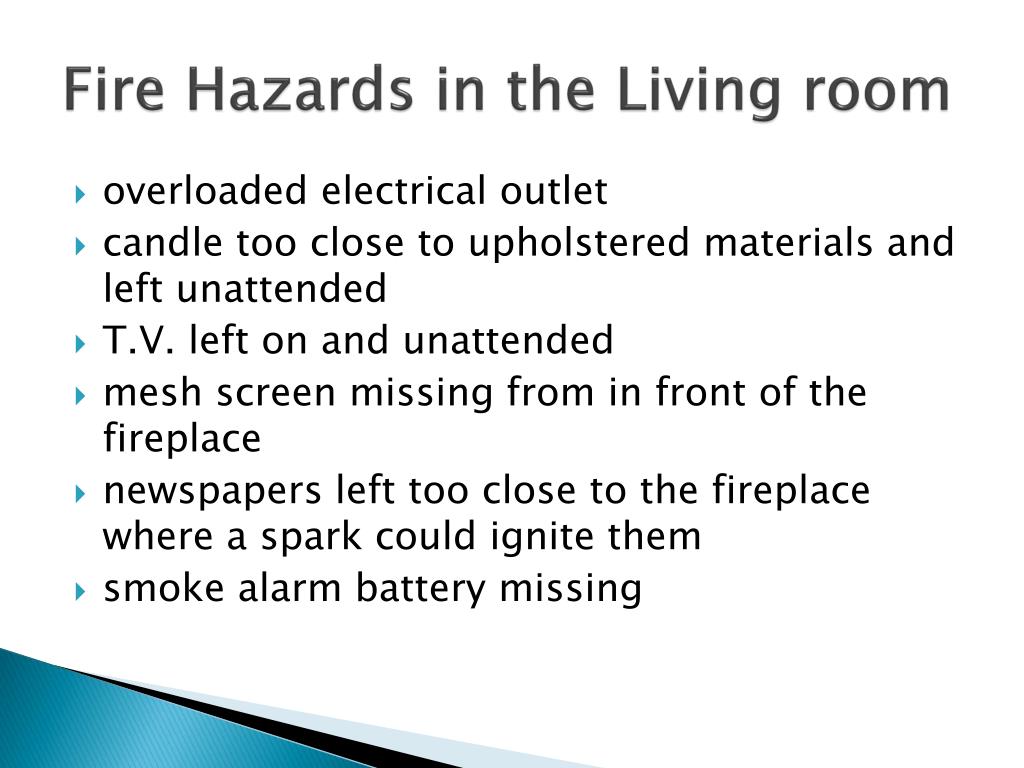




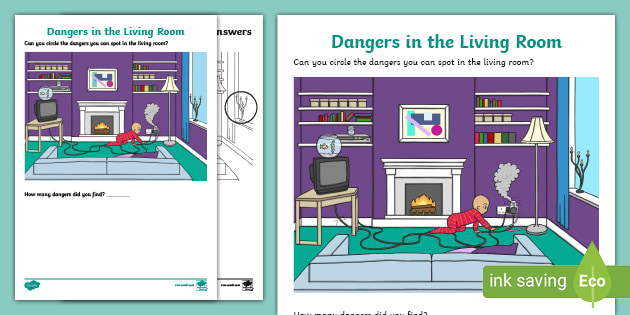

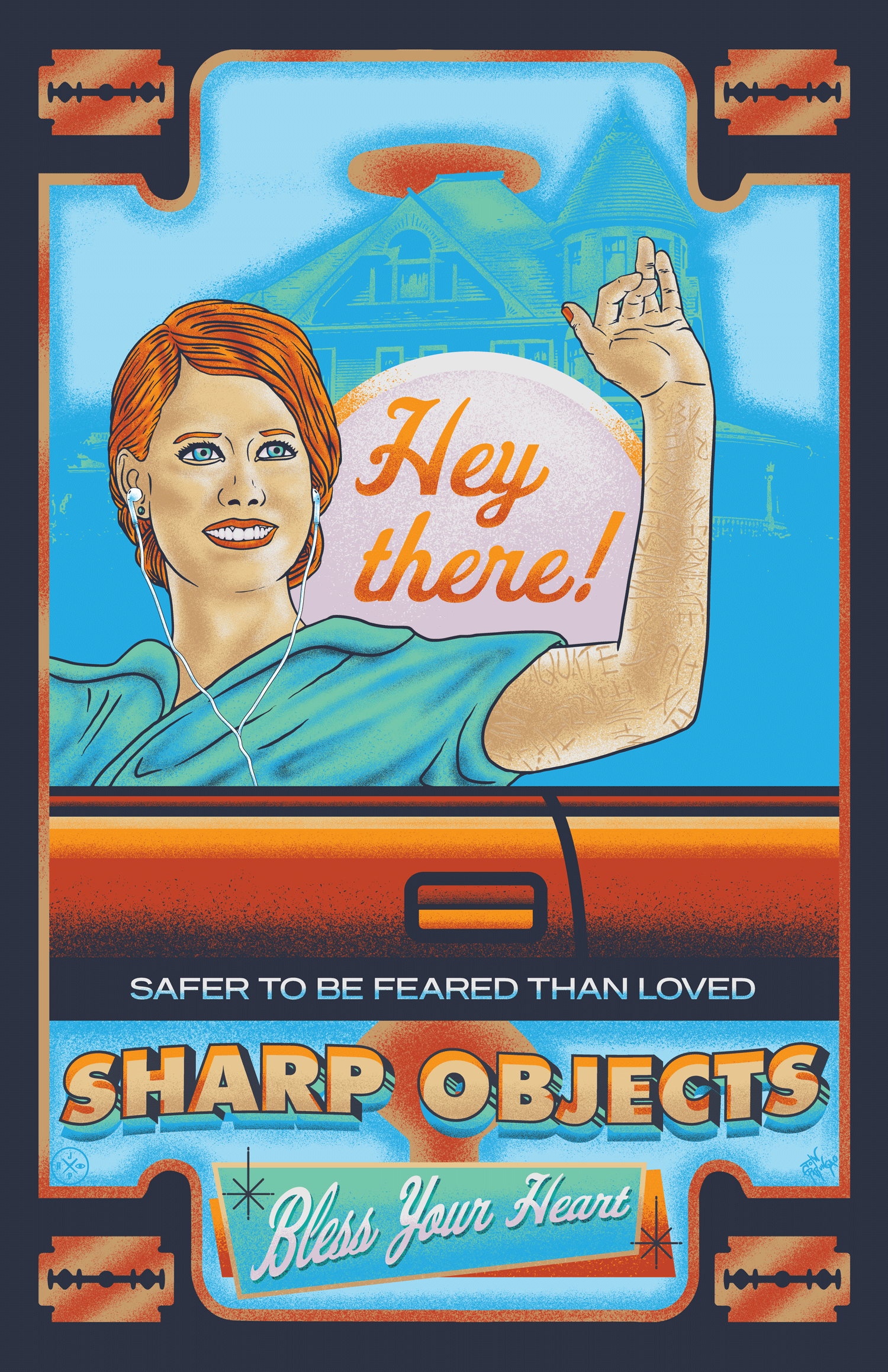




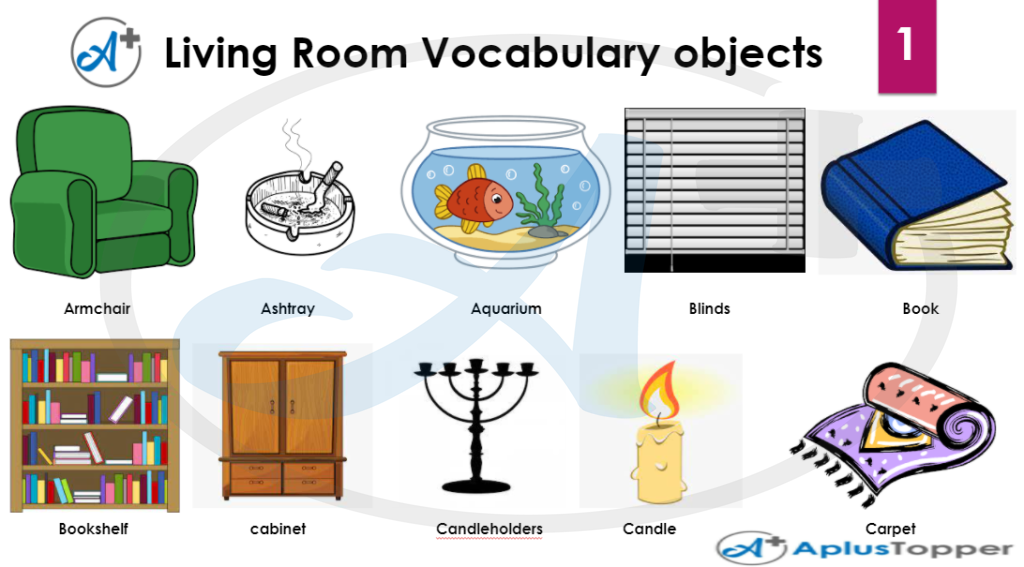



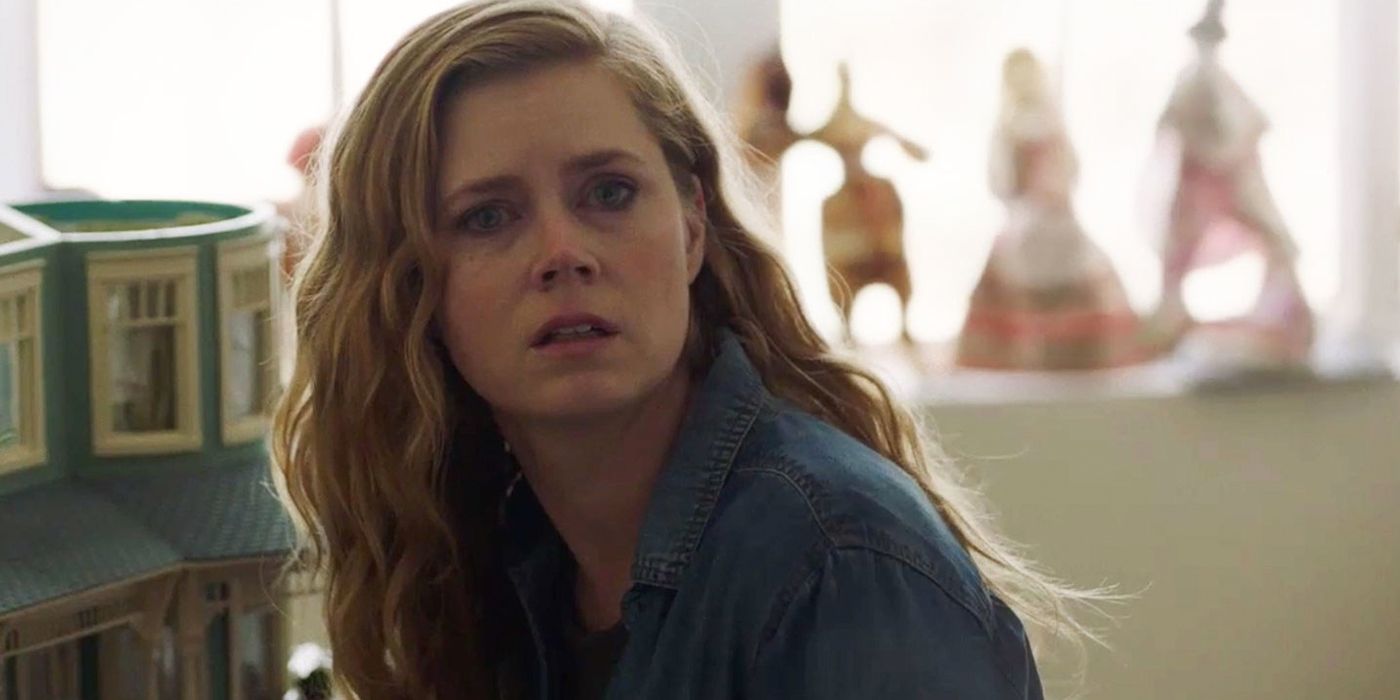

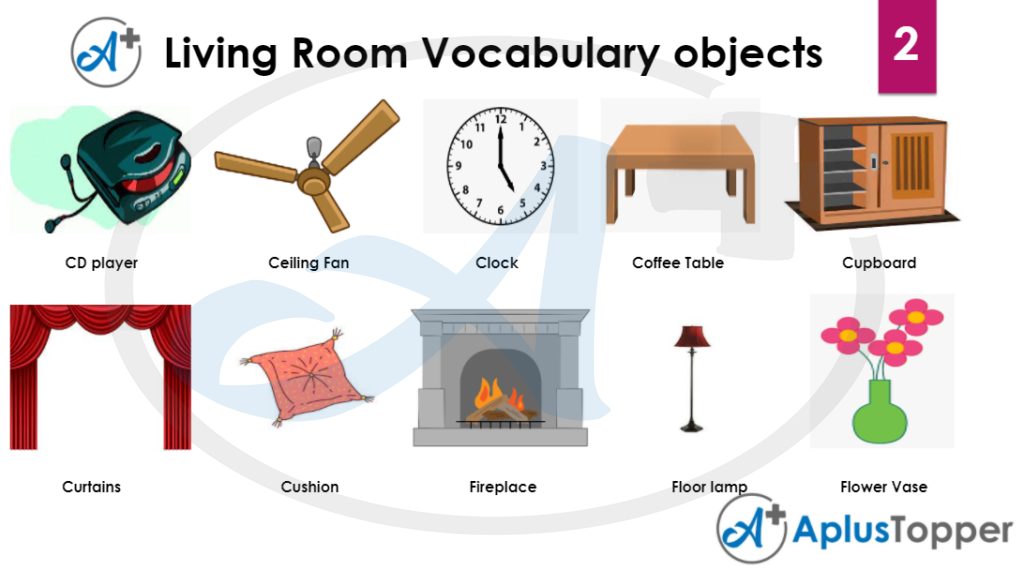




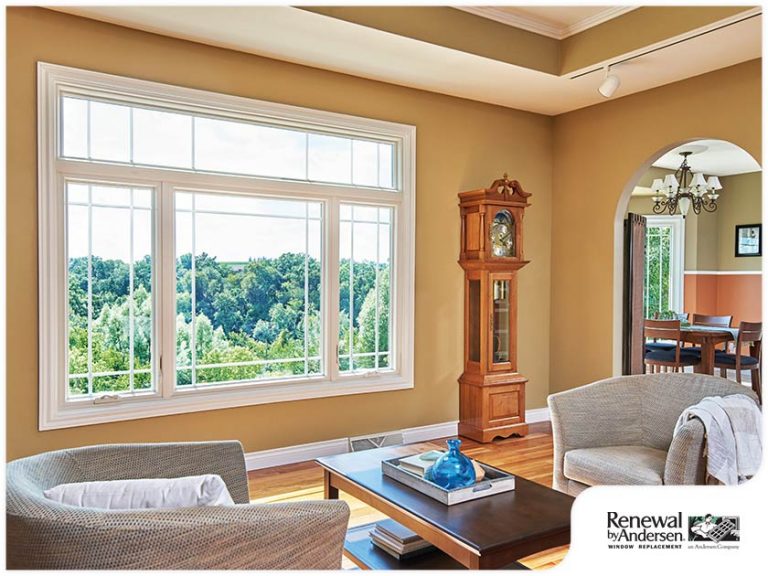










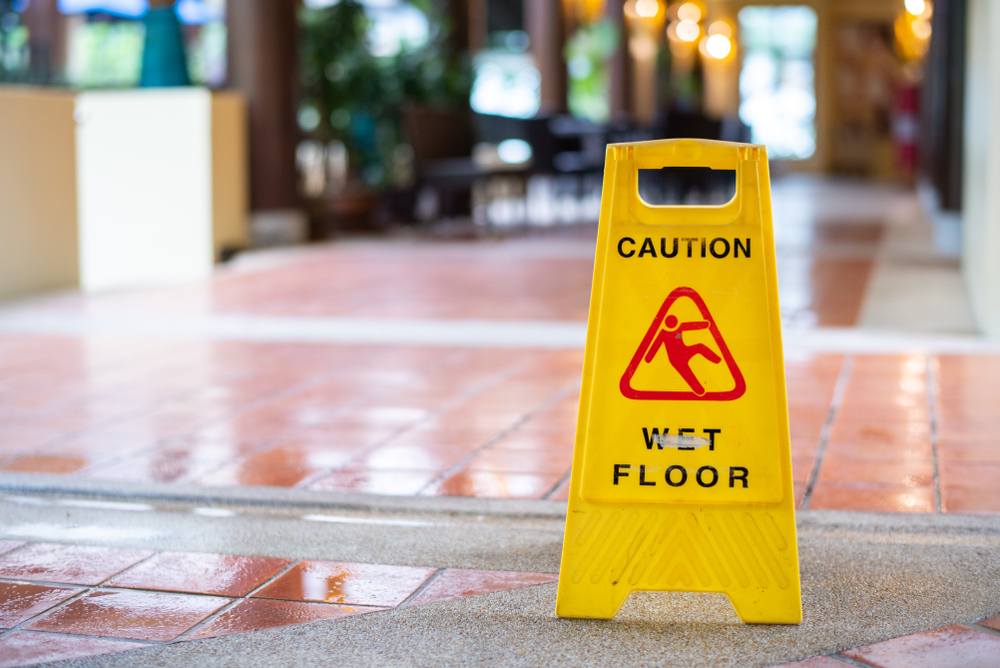

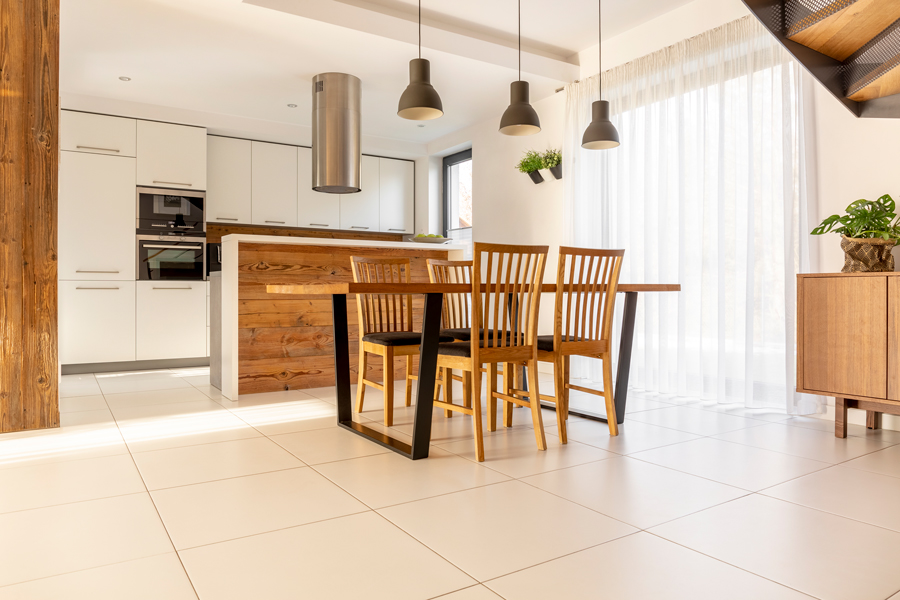
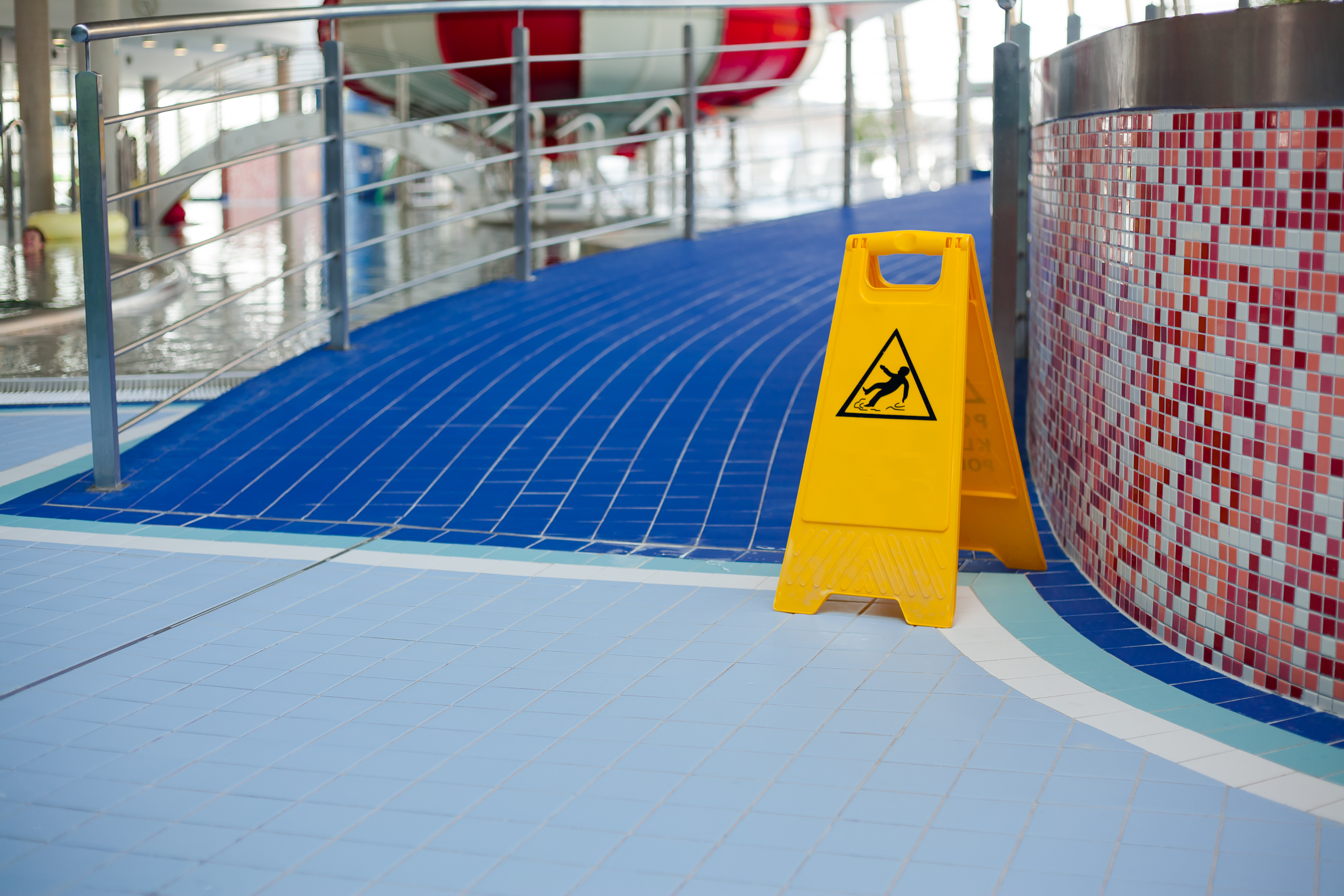
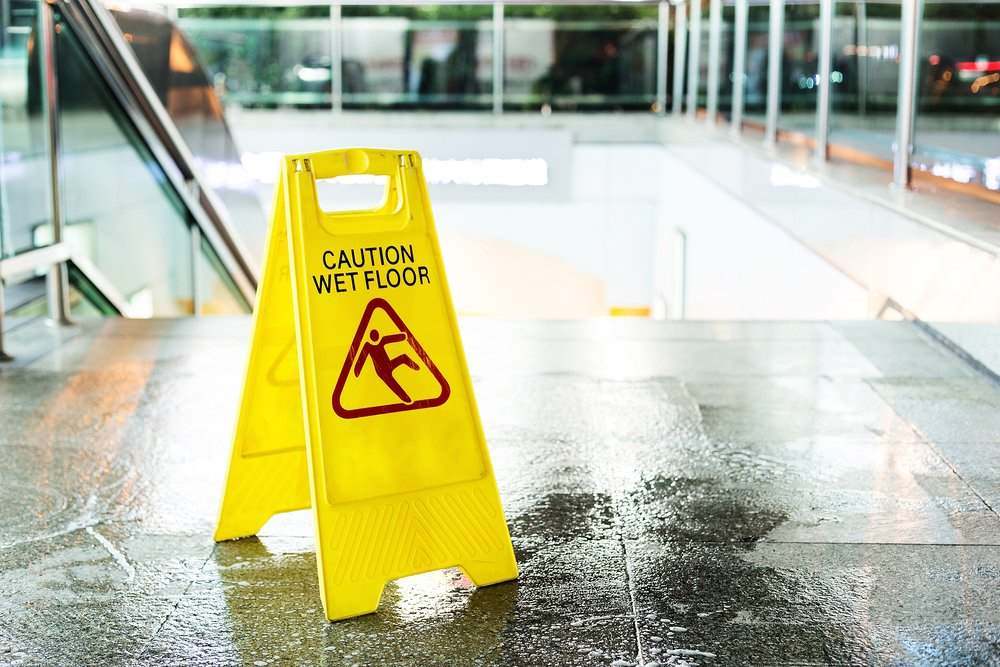


:max_bytes(150000):strip_icc()/Wetbathroomfloor-GettyImages-821145472-fa30a65b768b4dbc8840b0816f054fc0.jpg)




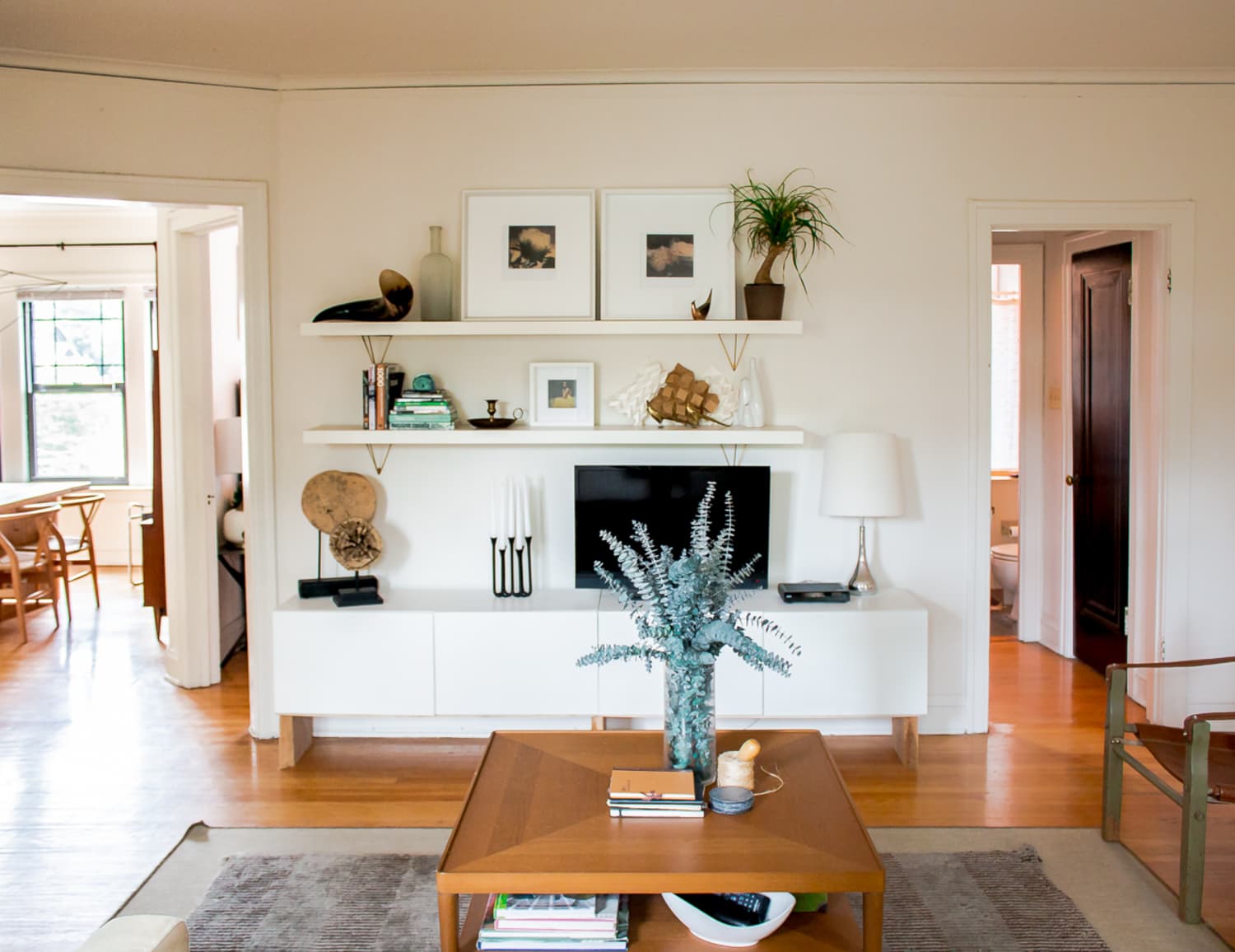








-(1).jpg?0.33023809487393097)



